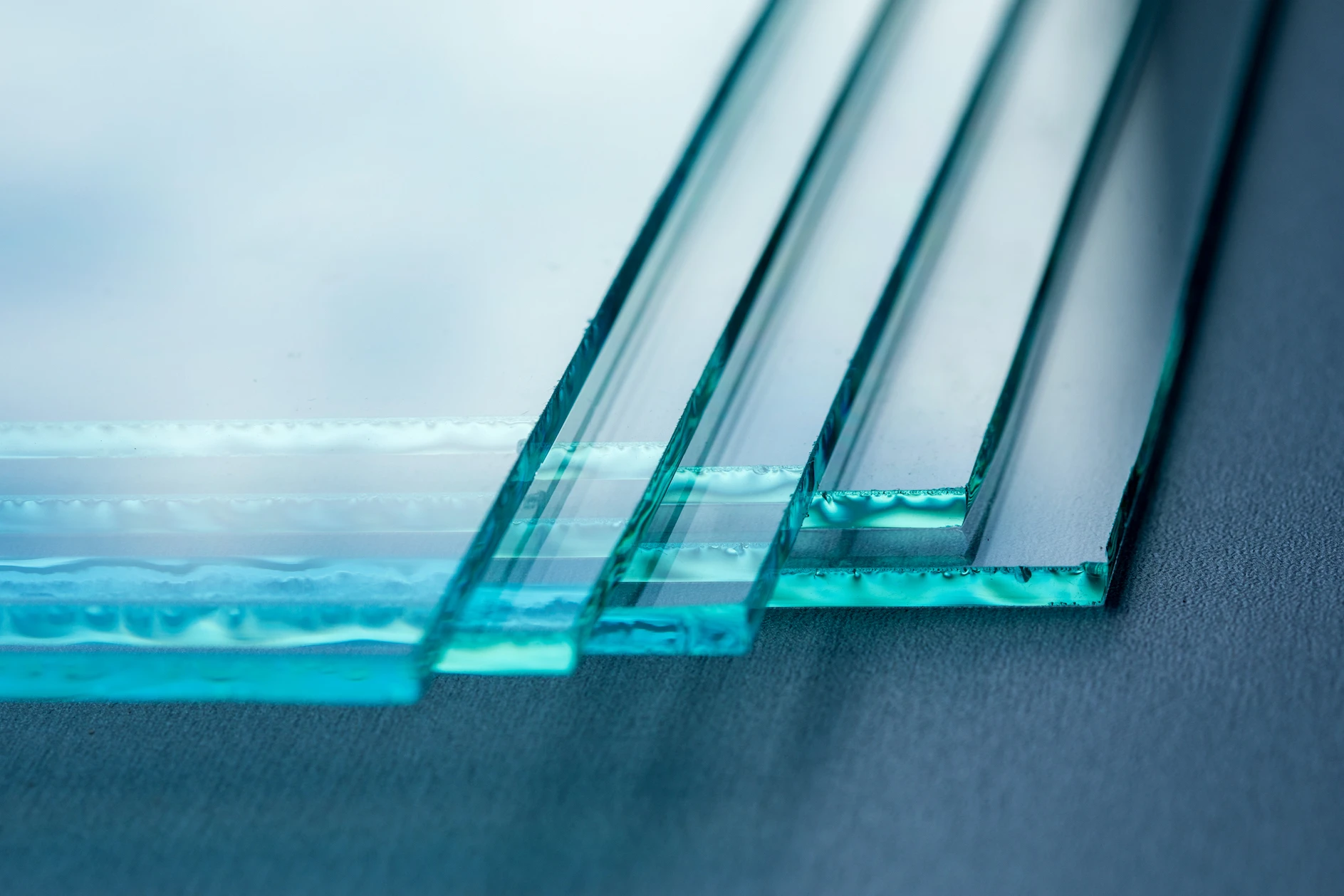

The Benefits and Applications of Grey Low E Glass
In recent years, as the world becomes increasingly aware of environmental issues and energy conservation, building materials that promote sustainability have gained significant attention. One such innovation is grey low E glass, a versatile and energy-efficient option that has numerous benefits for residential and commercial applications. This article will explore what grey low E glass is, its advantages, and its various uses in the modern architecture landscape.
Understanding Grey Low E Glass
Low-emissivity (Low E) glass is a type of energy-efficient glass that has been treated with a thin, transparent coating to reflect heat while allowing light to pass through. The grey aspect refers to the color of the glass, which can provide a contemporary aesthetic to buildings. The coating specifically helps to minimize the amount of infrared and ultraviolet light that can penetrate through the glass, effectively contributing to temperature regulation indoors.
Energy Efficiency
One of the primary benefits of grey low E glass is its exceptional energy efficiency. By reflecting heat back into the home during the winter and keeping unwanted heat out during the summer, this type of glass reduces the need for heating and cooling systems to work as hard, thereby lowering energy consumption. This not only results in cost savings on energy bills but also decreases the overall carbon footprint of a building. Homeowners and businesses alike can enjoy a more comfortable indoor environment while contributing to sustainability efforts.
Enhanced Comfort and UV Protection

Grey low E glass not only regulates temperature but also reduces glare and protects interiors from damaging UV rays. Prolonged exposure to direct sunlight can fade furnishings, artwork, and flooring. The grey low E coating significantly reduces UV transmission, which helps to prolong the life of valuable possessions and reduce the need for frequent replacements. This comfort extends to the living environment with minimized temperature fluctuations, leading to a more pleasant atmosphere year-round.
Aesthetic Appeal
In addition to its functional benefits, grey low E glass adds an attractive aesthetic to buildings. The sleek, modern look complements various architectural styles, from contemporary designs to more traditional structures. Its neutral grey tone provides versatility that can easily fit into a wide range of color schemes, making it a popular choice for architects and designers looking to create eye-catching facades. Moreover, it offers a level of privacy without sacrificing natural light, allowing occupants to enjoy views while maintaining some discretion.
Applications in Modern Architecture
Grey low E glass is suitable for numerous applications in both residential and commercial buildings. In homes, it is commonly used for windows, sliding doors, and even curtain walls, allowing homeowners to enjoy natural light while benefiting from energy efficiency. In commercial spaces, it is often utilized in storefronts and office buildings, where large expanses of glass can enhance visibility and curb appeal while contributing to sustainable building certifications. Many architects incorporate grey low E glass into their designs to meet the increasing demand for eco-friendly construction practices.
Conclusion
In summary, grey low E glass is an innovative material that combines energy efficiency, aesthetic appeal, and functionality. As the demand for sustainable building materials continues to rise, this type of glass stands out as a practical solution for both residential and commercial applications. By incorporating grey low E glass into architectural designs, builders and homeowners alike can significantly enhance energy efficiency, improve indoor comfort, and create visually stunning spaces that meet the modern standards of sustainability and style. Embracing this technology not only benefits individual properties but also contributes to the global effort towards a greener future.